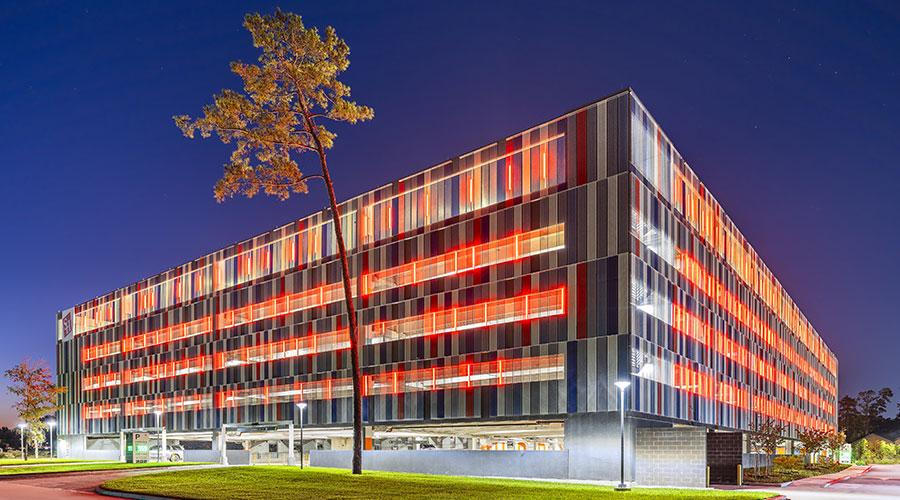Factors for LED Retrofit
There are several factors other than light output to think carefully about when considering an LED retrofit in existing fixtures:
- LED lamps emit directional light. Because of the design of florescent lighting, which emits light in all directions, florescent fixtures use troffers to reflect light that would otherwise be lost in the fixture. The result is a wide, triangular-shaped beam of light beneath a florescent fixture. Putting an LED retrofit into the same fixture can generate a U-shaped cross section of light beneath the lamp — and that directional light output can leave walls and corners darker than a comparable fluorescent fixture.
- Although SSL doesn't generate heat as a byproduct of generating light, the drivers and ballasts do. LEDs are sensitive to temperature fluctuation in the fixture. Therefore, fixtures without a heat sink appropriate for LEDs can cause premature failure of the LED lamp.
- LEDs hold tremendous promise, but calculating energy savings based upon data sheets can be misleading, says Kelly Gordon, a program manager for solid-state lighting at Pacific Northwest National Laboratory. He notes that light output and efficacy data presented in LED data sheets have historically been measured during very short-term illumination — generally 25 milliseconds or less. The measurements, he says, are taken at a calculated junction temperature using a very short pulse of current. The short current pulse prevents significant heating of the LED and, therefore, results in higher measured light output and efficacy than for continuous operation.
That's not to say that LEDs don't have their place in general use — quite to the contrary. LED progress is steady, and experts recognize that there are applications for LEDs for interior lighting.
"Where new fixtures need to be installed, the incrementally higher cost — relative to a fixture of comparable efficiency but a standard source, like fluorescent — might be low enough when compared to long-term savings to justify it for non-energy reasons,' Audin says. One typical example where this might be the case is in clean rooms or other locations where re-lamping access proves difficult.
In other cases, Audin says, facility managers might be seeking a high-tech look, which may justify higher cost.
And finally, in a few cases installations are being financially assisted by state agencies trying to assess or assist SSL's role as a developing technology.
Related Topics:














